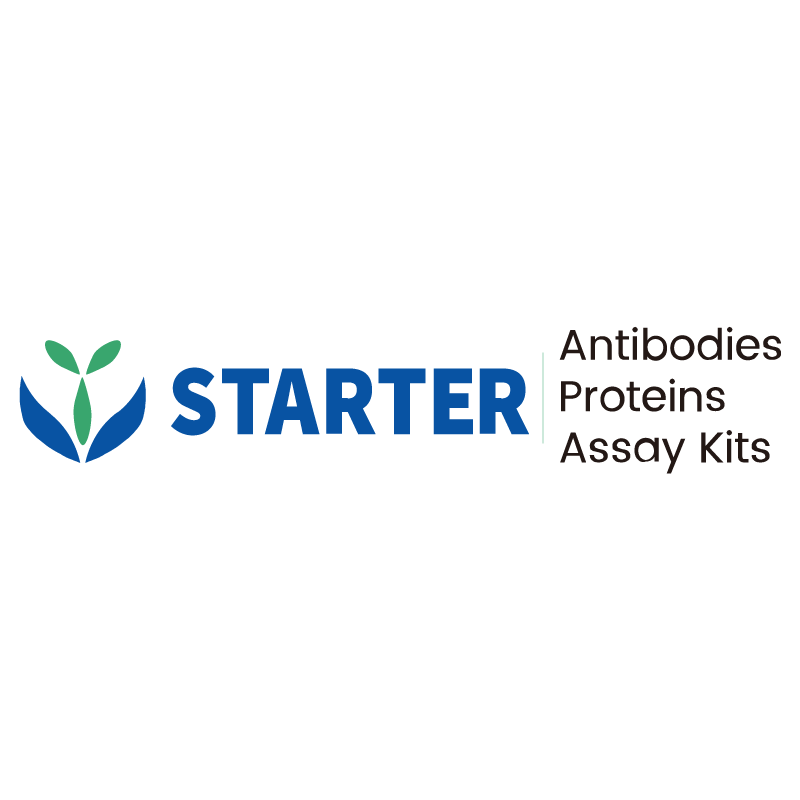2 μg(R: reducing conditions)
Product Details
Product Details
Product Specification
| Species | Human |
| Synonyms | NFAT pre-existing subunit (NF-ATp), T-cell transcription factor NFAT1, NFATC2, NFAT1, NFATP |
| Accession | Q13469 |
| Amino Acid Sequence | Protein sequence (Q13469, Ala392-Pro679, with C-10*His) ASLPPLEWPLSSQSGSYELRIEVQPKPHHRAHYETEGSRGAVKAPTGGHPVVQLHGYMENKPLGLQIFIGTADERILKPHAFYQVHRITGKTVTTTSYEKIVGNTKVLEIPLEPKNNMRATIDCAGILKLRNADIELRKGETDIGRKNTRVRLVFRVHIPESSGRIVSLQTASNPIECSQRSAHELPMVERQDTDSCLVYGGQQMILTGQNFTSESKVVFTEKTTDGQQIWEMEATVDKDKSQPNMLFVEIPEYRNKHIRTPVKVNFYVINGKRKRSQPQHFTYHPVPGGGGSHHHHHHHHHH |
| Expression System | E.coli |
| Molecular Weight | Predicted MW: 34.3 kDa Observed MW: 34.3 kDa |
| Purity | >90% by SDS-PAGE |
| Endotoxin | <1EU/μg |
| Tag | with C-10*His |
| Physical Appearance | Lyophilized Powder |
| Storage Buffer | Lyophilized from a 0.2 μm filtered solution of 0.2M PBS, pH7.4. |
| Reconstitution | Reconstitute no more than 1 mg/mL according to the size in deionized water after rapid centrifugation. |
| Stability & Storage | 12 months from date of receipt, -20 to -70 °C as supplied. 6 months, -20 to -70 °C under sterile conditions after reconstitution. 1 week, 2 to 8 °C under sterile conditions after reconstitution. Please avoid repeated freeze-thaw cycles. |
Background
Nuclear factor of activated T-cells, cytoplasmic 2 is a protein that in humans is encoded by the NFATC2 gene. This gene is a member of the nuclear factor of activated T cells (NFAT) family. The product of this gene is a DNA-binding protein with a REL-homology region (RHR) and an NFAT-homology region (NHR). This protein is present in the cytosol and only translocates to the nucleus upon T cell receptor (TCR) stimulation, where it becomes a member of the nuclear factors of activated T cells transcription complex. This complex plays a central role in inducing gene transcription during the immune response. Alternate transcriptional splice variants, encoding different isoforms, have been characterized. Translocation forming an in frame fusions product between EWSR1 gene and the NFATc2 gene has been described in bone tumor with a Ewing sarcoma-like clinical appearance.
Picture
Picture
SDS-PAGE


